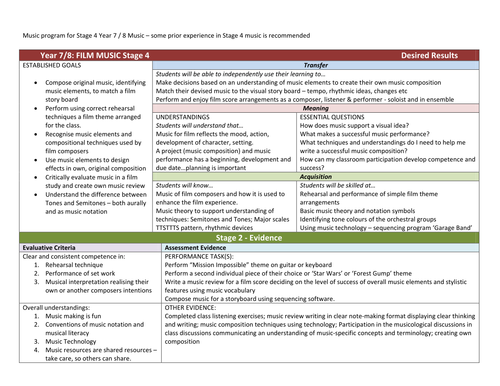Music Lessons and Programs with assessments, templates etc.
These printable and easy to use music resources can help introduce, reinforce and evaluate student learning. Busy teachers can use these time saving worksheets, ppt. and pdf guides and assessment rubrics. Best of all, copy to a usb and have students work at their own pace online or use as a substitute or relief lesson. some extra templates to assist with reporting.





















